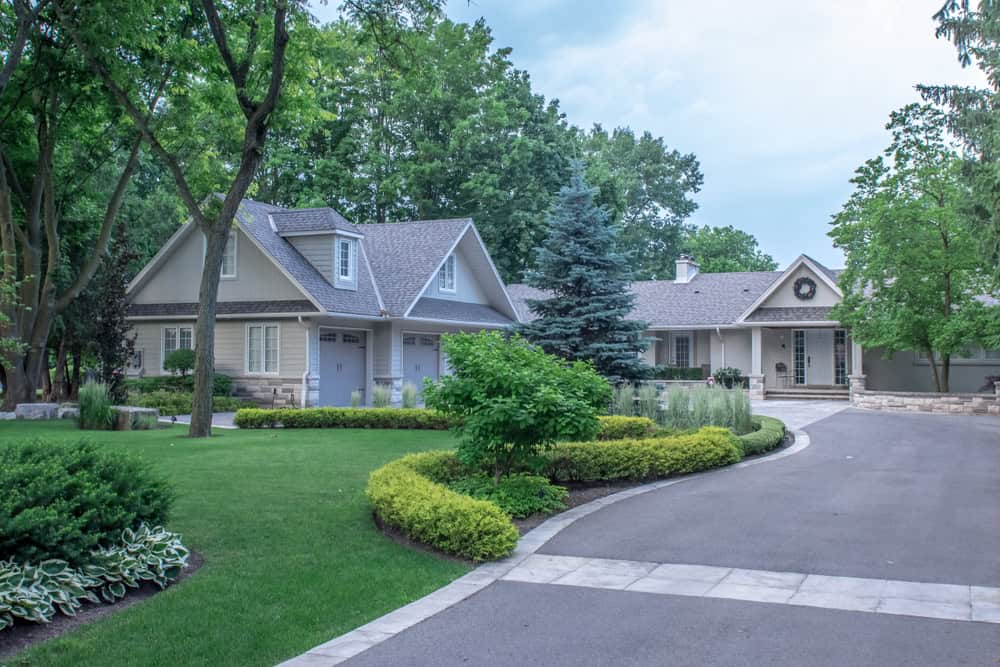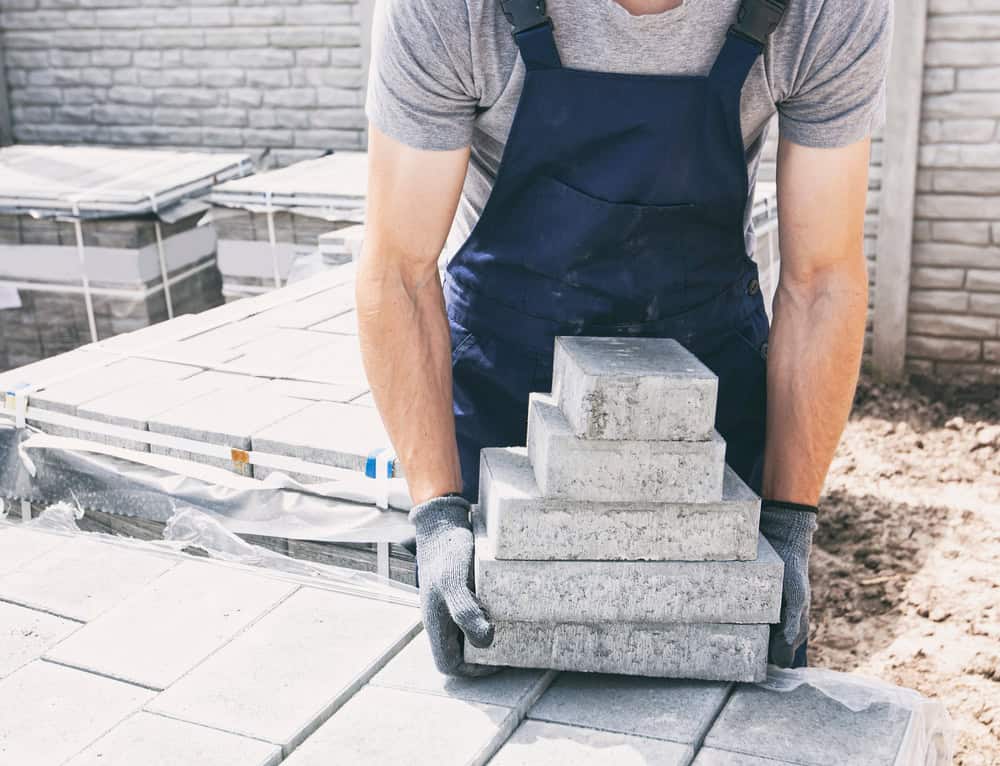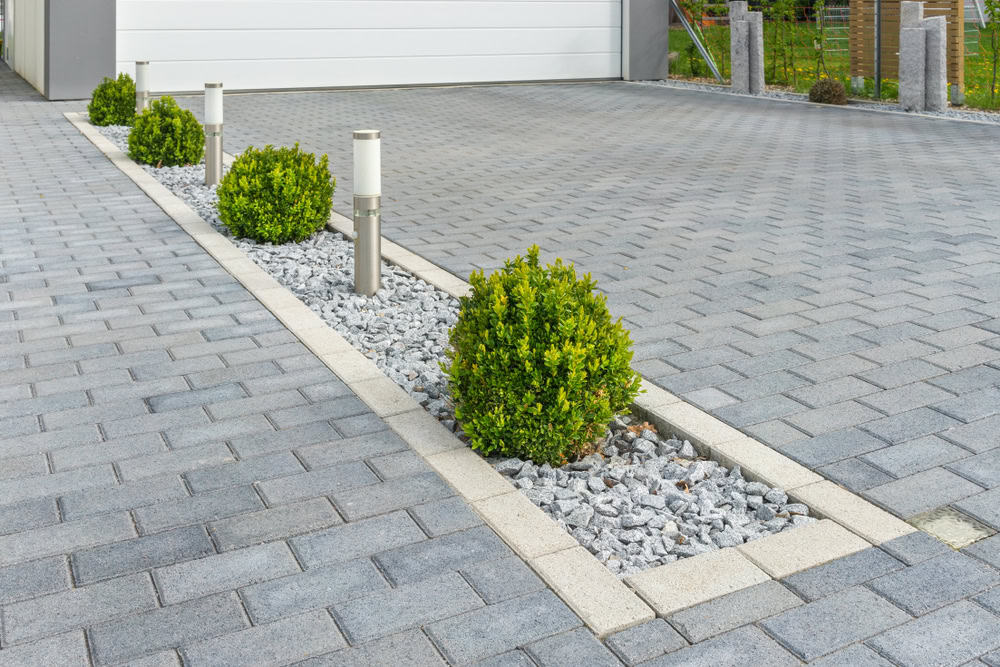Professional paver installation that handles New England weather without the headaches most contractors leave behind.


Your patio becomes the place everyone wants to gather. No more avoiding that cracked concrete or dealing with puddles after every rainstorm.
You get pavers that stay level, drain properly, and look the same five years from now. The kind of outdoor space that makes you actually want to spend time outside instead of making excuses to stay indoors.
When the base is built correctly and the materials are chosen for Canton’s climate, you stop worrying about frost heave, settling, and all the other problems that come with shortcuts. You just enjoy the space.
Academy Masonry has been handling paver installations in Canton and throughout the South Shore for years. We understand local soil conditions, drainage challenges, and what it takes to build something that lasts through New England winters.
You’re not getting a crew that learned their trade in Florida. You’re working with contractors who know that proper base preparation isn’t optional when you’re dealing with freeze-thaw cycles.
We’ve seen too many DIY disasters and hack jobs from contractors who don’t understand the fundamentals. That’s why we focus on doing it right the first time.

First, we assess your site conditions and discuss what you want to accomplish. No pressure, no sales pitch – just an honest conversation about your space and what’s realistic.
Next comes excavation and base preparation. This is where most problems start, so we don’t rush it. Proper depth, proper materials, proper compaction. The pavers are only as good as what’s underneath them.
Then we install the pavers, paying attention to pattern, spacing, and drainage. Edge restraints go in to prevent shifting. Sand gets swept and compacted. We clean up and walk you through maintenance basics.
The whole process typically takes 3–5 days, depending on size and complexity. Weather can affect timing, but we’ll keep you informed throughout.

Ready to get started?
Every paver installation includes proper excavation, base preparation with the right materials, and professional installation. You get edge restraints, joint sand, and initial compaction.
We handle permits if needed and work around your schedule as much as possible. All debris gets hauled away – you don’t deal with piles of dirt and broken concrete in your driveway for weeks.
Canton’s clay soil and drainage challenges require specific techniques that we’ve refined over years of local work. We know where water goes, how frost affects different areas of your property, and what materials hold up best in this climate.
You also get guidance on maintenance and care. Pavers are low-maintenance, but knowing the basics helps them look good and last longer.

Local Resources